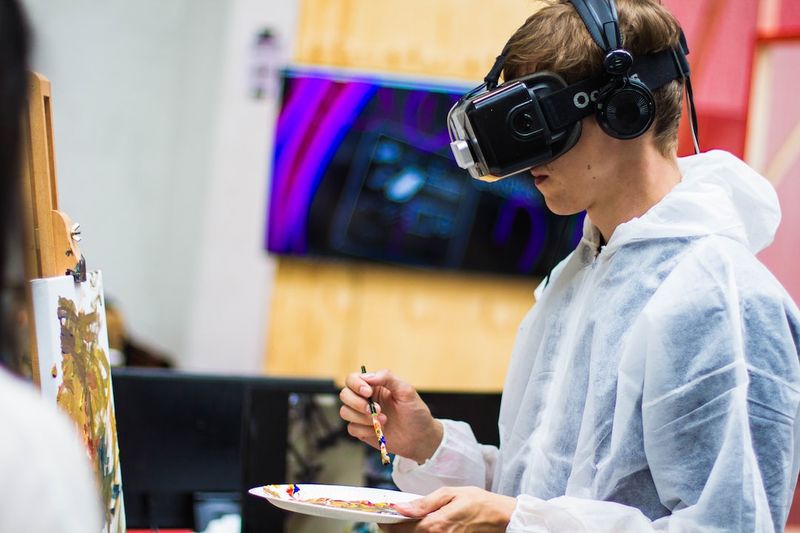Apple’s Vision Pro Headset: Examining its Features and Potential Impact on XR
Introduction
Apple, in its recent unveiling at the Worldwide Developers Conference in California, announced its entry into the head-mounted devices market with the Vision Pro headset. Experts note that it represents a complete computer attached to the user’s head, blurring the lines between virtual reality (VR) and augmented reality (AR). The headset incorporates 12 cameras behind a ski-goggle-like glass fascia, an array of microphones, and a LiDAR scanner, making it aware of its surroundings. Additionally, it boasts an impressive display system, spatial audio, and a new chip called the R1, which processes information from these features and the M2 microchip. The Vision Pro provides a new platform that can revolutionize the way AR and VR are developed and experienced.
The Vision Pro’s Features
VR technology immerses users in computer-generated surroundings, isolating them from their physical environment. AR places computer-generated elements onto physical surroundings, enhancing context. Mixed reality refers to immersive technologies, including AR, that offer different “blends” of physical and virtual worlds collectively referred to as XR. The Vision Pro is the first head-mounted device to fully integrate these technologies, by transitioning the user from VR to AR with varying degrees of immersion.
The Vision Pro incorporates EyeSight, which displays the wearer’s eyes through the glass lens when required, allowing for a more natural interaction with the environment and people around them. It can receive gesture and voice commands, and its ability to track the user’s eyes implies that users can interact with graphical elements just by looking at them. Its impressive display system with “more pixels than a 4K TV to each eye” enhances visual immersion, while spatial audio provides a 360-degree sound.
The Vision Pro’s Impact on XR
Apple‘s Vision Pro headset is an expensive yet comprehensive AR and VR platform bundled with features that can attest to its potential game-changer status. XR is not new, yet it rarely delivers the promise it holds. Still, experts note that companies such as Apple, Microsoft, and Meta have the clout to create immersive experiences that could make XR attractive to the general public. The Vision Pro, alongside Apple‘s ecosystem of devices and its interfaces, provides a firm foundation for developing the metaverse.
The idea of a metaverse is that immersive worlds facilitated by headsets could create more natural social interactions between people, creating a new way of human interaction through AR, VR, and MR. Though skeptics argue that the Vision Pro and EyeSight resemble scuba diving in one’s living room, Apple‘s entry into the AR and VR arena can significantly improve XR adoption.
Conclusion
The Vision Pro headset presents improved prospects for XR adoption because of its full integration of AR, VR, and MR technologies. Through its impressive level of immersion, voice and gesture recognition, EyeSight feature, and spatial audio, Apple‘s headset provides an AR and VR platform that could catapult the current state of XR. By combining the headset with the iPhone and the Apple Watch, it would create a new way of interacting with AR. Interoperability with Apple devices creates a wearable ecosystem that is set to disrupt the AR, VR, and MR providing a platform for developing the metaverse.

<< photo by Billetto Editorial >>
You might want to read !
- “World Test Championship Final: A Battle of Rewards or Redemption?”
- “Australian Analysts Preview the ICC World Test Championship Final between Australia and India”
- Eva Longoria Rocks a Sophisticated Business Look in a Pink Satin Suit
- Apple’s Vision Pro Headset Receives Mixed Reviews, Dredging Stock Value
- “Revolutionizing Spatial Computing: Unveiling Apple’s Groundbreaking Apple Vision Pro”
- Apple Stocks Soar to Record Highs Despite Looming Lawsuit and Regulatory Scrutiny




